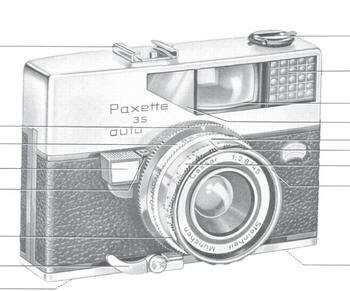

We get our first indication of this at the end of section 2, where Sontag writes: Sontag means something very specific indeed. What, then, does Sontag mean by “interpretation”? Does she mean any and all interpretation, as my fellow contributor Chris Higgs recently argued? Or something else, something more specific? Obviously, whatever interpretation is, Sontag seems against it. I’ve been busy rereading it since Xmas, and want to take this chance to set down some thoughts regarding it. Susan Sontag’s seminal mid-60s essay has come up several times at this site.
Works by William K.“The Silence” (still), directed by Ingmar Bergman (1963). Kentucky: University of Kentucky Press, 1965. Hateful Contraries: Studies in Literature and Criticism. Kentucky: University of Kentucky Press, 1954. 
The Verbal Icon: Studies in the Meaning of Poetry. Beardsley.” The Norton Anthology of Theory and Criticism. New York: Columbia University Press, 2005. 'The Gender Fallacy', in Theory's Empire: An Anthology of Dissent. 'Form and Intent in the American New Criticism', in Blindness and Insight. Contemporary Literary Criticism: Literary and Cultural Studies.
Davis, Robert Con, and Ronald Schleifer. Revised and republished in The Verbal Icon: Studies in the Meaning of Poetry, U of Kentucky P, 1954: 3-18. 'The Intentional Fallacy.' Sewanee Review, vol. The authors attempt to contribute to the “intelligibility in the history of literary argument” as well as “contributes to a distinct point of view,” which, they argue, is a necessary part of any historical literary studies (vii). Written with Cleanth Brooks in 1957, Literary Criticism: A Short History is intended as “a history of ideas about verbal art and about its elucidation and criticism” (Wimsatt and Brooks ix). For them, critical inquiries are resolved through evidence in and of the text - not “by consulting the oracle” (18). For Wimsatt and Beardsley, intentional criticism becomes subjective criticism, and so ceases to be criticism at all. Wimsatt and Beardsley consider this strategy a fallacy partly because it is impossible to determine the intention of the author - indeed, authors themselves are often unable to determine the “intention” of a poem - and partly because a poem, as an act that takes place between a poet and an audience, has an existence outside of both and thus its meaning can not be evaluated simply based on the intentions of or the effect on either the writer or the audience(see the section of this article entitled “The Affective Fallacy' for a discussion of the latter 5). The Intentional Fallacy, according to Wimsatt, derives from “confusion between the poem and its origins” ( Verbal Icon 21) – essentially, it occurs when a critic puts too much emphasis on personal, biographical, or what he calls “external” information when analyzing a work (they note that this is essentially the same as the “Genetic fallacy” in philosophical studies 21). Beardsley, 'Postscript 1980-: Some Old Problems in New Perspectives,' in Aesthetics: Problems in the Philosophy of Criticism, 1st ed., 1958 2d ed., 1981. The European Philosophers from Descartes to Nietzsche. Alabama: University of Alabama Press, 1975. 

Aesthetics from Classical Greece to the Present: A Short History. Aesthetics: Problems in Philosophy of Criticism. Englewood Cliffs, N.J: Prentice-Hall, 1950.
THE AFFECTIVE FALLACY WIMSATT AND BEARDSLEY PDF FREE SERIES
He and his wife were over-all series editors for Prentice-Hall's 'Foundations of Philosophy,' a series of textbooks on different fields within philosophy, written in most cases by leading scholars in those fields.








 0 kommentar(er)
0 kommentar(er)
